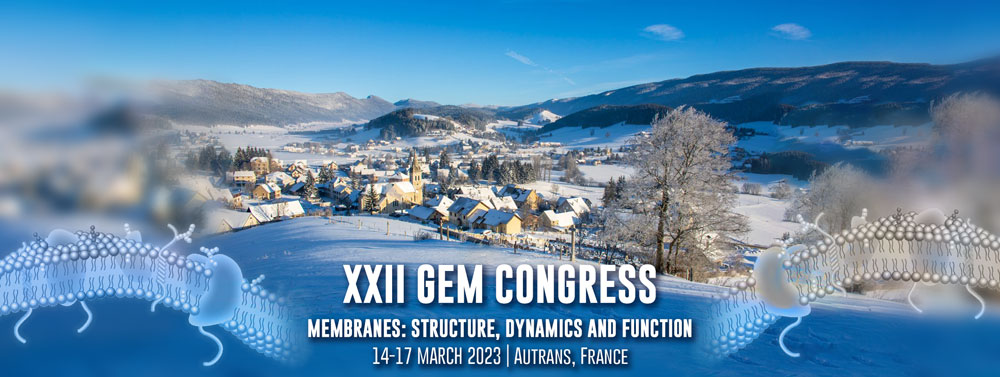Speaker
Description
Induced membrane permeabilization or leakage is often taken as an indication for activity of a membrane-active effector molecule, such as antimicrobial peptides (AMPs) or their synthetic mimics. Nevertheless, it is poorly understood, what effect (or combination of effects) is actually required for antimicrobial activity.
What is often missing is the knowledge of the exact leakage mechanism as different mechanisms might be advantageous or irrelevant for a given application.
Here, we illustrate such a leakage mechanism, leaky fusion, that cannot be the explanation of the proven antibacterial activity of the particular example peptide, bacterial membranes are unable to fuse.
We use the self-quenching dye calcein to monitor the vesicle membrane leakage induced by the peptide in commonly used model vesicles, i.e. binary mixtures of anionic and zwitterionic phospholipids. Especially, the ambiguous role of the relatively fusogenic PE-lipids for membrane leakage and fusion is assessed in more detail. With the role of the membrane composition in focus, we point out that leaky fusion is enhanced for the commonly used mixed PG/PE model membranes.
Leakage, both decreases significantly when aggregation and fusion PG/PE vesicles are prevented by PEG-lipids. Furthermore, the mechanism of leakage changes for PG/PC compared to PG/PE.
En route, we discuss the propensity of the model membrane for vesicle aggregation and fusion and illustrate common implications of fusion and aggregation for the reliability of model studies.
In conclusion, choosing the membrane might implicate the effect (here leakage mechanism) that can be observed. In the worst case, as with leaky fusion in PG/PE, this lipid-related effect is not relevant for the application aimed for.
| Session | Interaction lipids/polymers/membrane proteins |
|---|

